Q. Independent Pattern Designer
A. Itch-to-Stitch
Q. Name and Number of Pattern
A. Bonn Shirt/Dress
Q. Fabric Used:
A. Picasso Rayon Poplin in teal
Q. Special Embellishments/Notions Used
A. Superior MasterPiece cotton thread
Q. Skill level required?
A. Advanced beginner or Intermediate
Q. Are the instructions easy to follow?
A. Yes, and they are quite thorough. There are several sleeve variations of long, short, mid-length and flare; this is the long flare. I’ve made the mid-length also, in a blue rayon print. Have not made the dress.
Q. Are you pleased with the finished result? Did it meet your expectations?
A. Very pleased. I had a bit of difficulty with the hem this time. I chose to use a rolled hem foot to make it simpler than trying to press 1/8″ double ironed hem with slippery rayon. The result is that the hem has a fluttery look, which mimics the flared sleeve.
Q. Did it look like the picture?
A. Yes, it did.
Q. Did you make any modifications in the pattern?
A. No.
Q. Are there any changes you would have made?
A. I might try it with a straight hem, rather than a curved one, and perhaps add a side slit. If I did that, I would also do the mid-length sleeve and make that hemmed rather than gathered and banded.
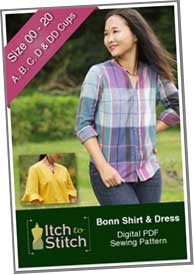 Q. Did the pattern teach you any unique or special techniques?
Q. Did the pattern teach you any unique or special techniques?
A. This was the first flared sleeve I’ve sewn. I like the effect.
Q. Would you make this again?
A. Yes.
Q. Would you recommend this pattern to others?
A. Yes, I would.
Pattern Link: https://itch-to-stitch.com/pattern-release-bonn-shirt-dress/
I purchased the fabric from a store in Missoula, Montana that also has a web site, The Confident Stitch. The online store and their customer service customer are top notch.
~Joanne Jensen, Plano Chapter





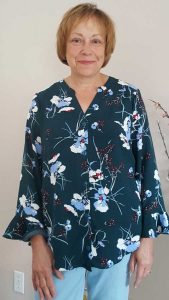
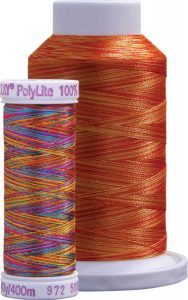
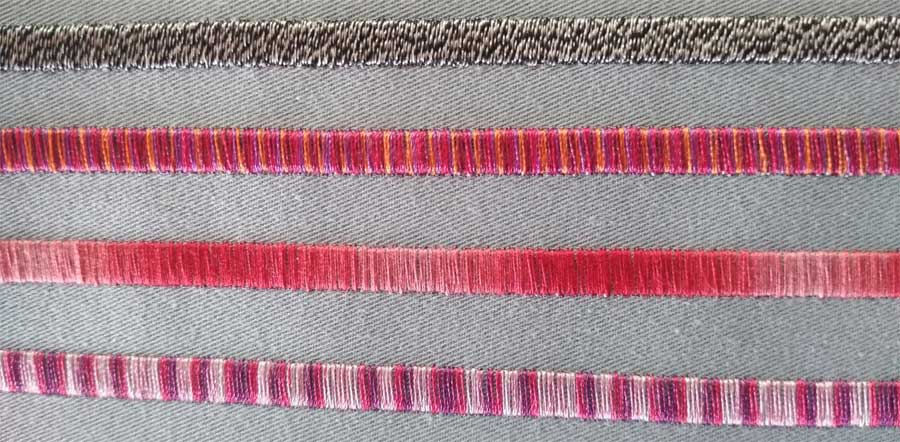
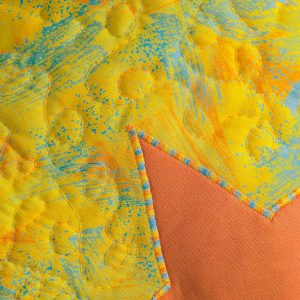
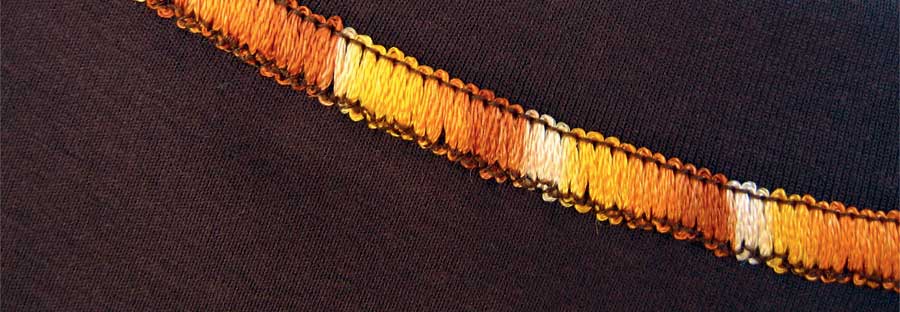

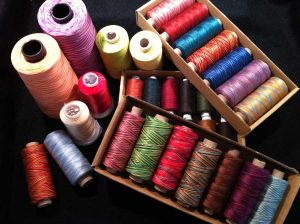
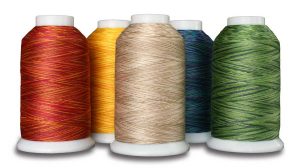
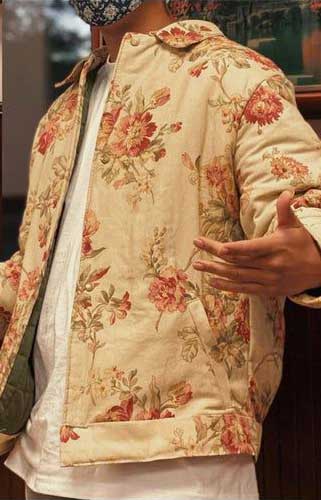 It all started with a pair of old curtains. In late March, as Colorado crept into lockdown, 23-year-old Jonathan Simanjuntak began his search for a new hobby. “Quarantine was getting really serious,” he told me from his home in Aurora, a city spread across two of the state’s hardest hit counties. It didn’t take him long to land on sewing. “If I’m being super honest, the fact that I can’t afford Gucci and APC [a French RTW brand] had a lot to do with it.”
It all started with a pair of old curtains. In late March, as Colorado crept into lockdown, 23-year-old Jonathan Simanjuntak began his search for a new hobby. “Quarantine was getting really serious,” he told me from his home in Aurora, a city spread across two of the state’s hardest hit counties. It didn’t take him long to land on sewing. “If I’m being super honest, the fact that I can’t afford Gucci and APC [a French RTW brand] had a lot to do with it.”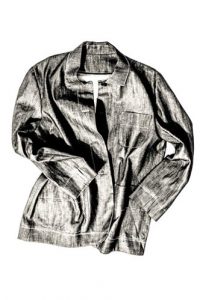
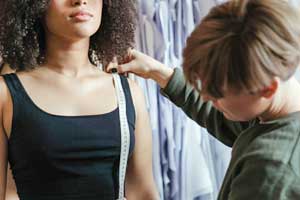 We’ve all done it. You cut that precious fabric, and you cut it wrong. Once you’ve made that cut, you can’t undo it. And now you don’t have enough to recover from your mistake. ARGH! Whether taking body measurements, marking seam allowances, or cutting quilt squares, when we sew, we need to measure accurately every time if we want our project to come out correctly.
We’ve all done it. You cut that precious fabric, and you cut it wrong. Once you’ve made that cut, you can’t undo it. And now you don’t have enough to recover from your mistake. ARGH! Whether taking body measurements, marking seam allowances, or cutting quilt squares, when we sew, we need to measure accurately every time if we want our project to come out correctly.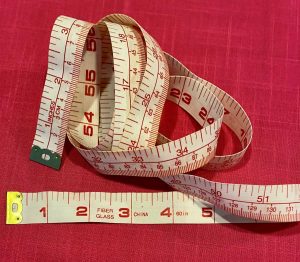
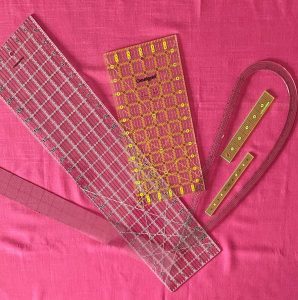

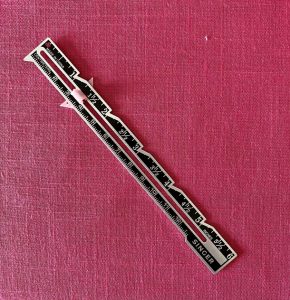
 If you do choose to add some new tools to your sewing box, don’t forget to check the Member’s Only
If you do choose to add some new tools to your sewing box, don’t forget to check the Member’s Only 